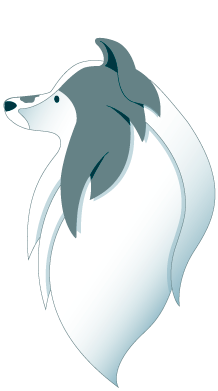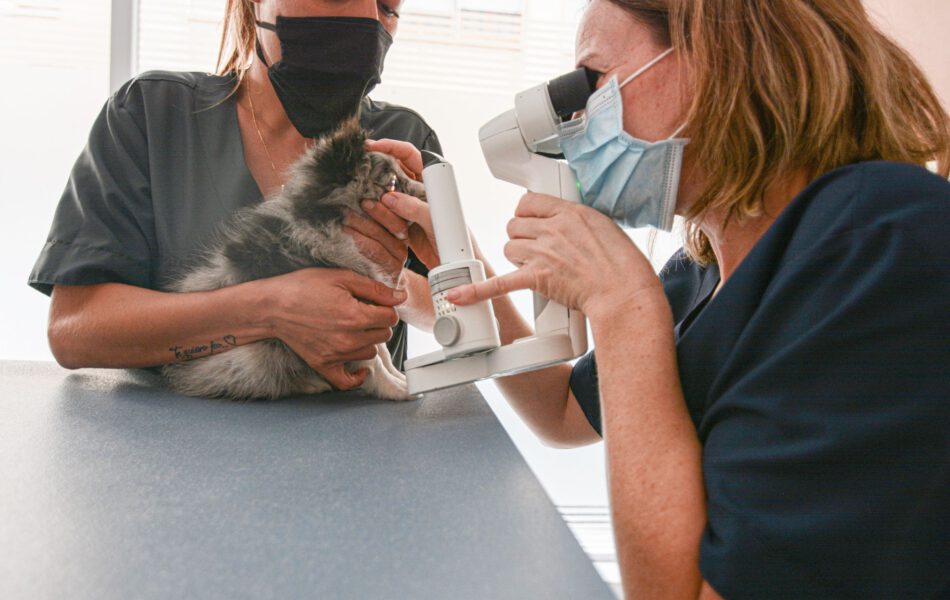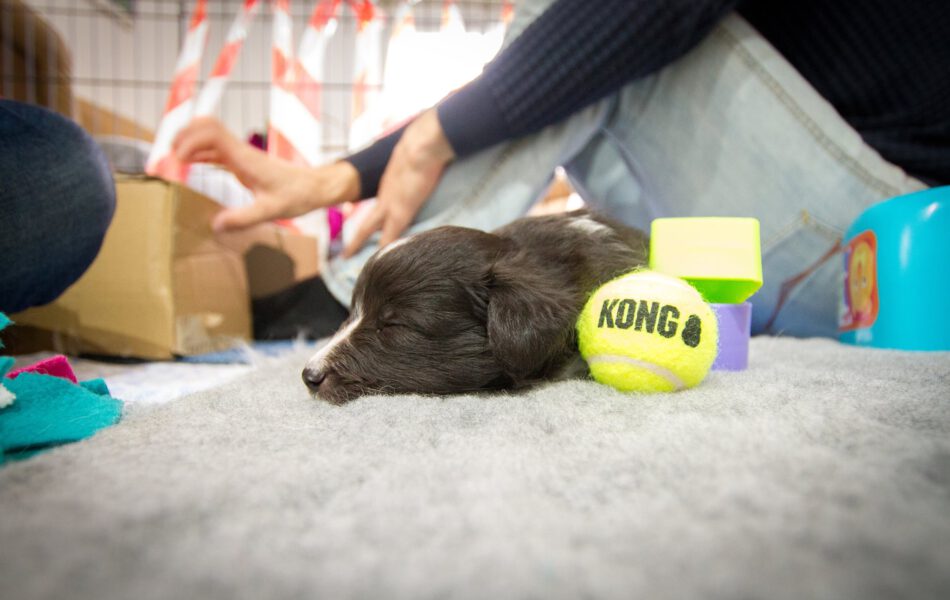Hip dysplasia is a deformity of the hip that occurs during growth. The hip joint is a ball and socket joint. During growth, both the ball (the head of the femur, or thighbone) and the socket in the pelvis (acetabulum) must grow at equal rates.
In hip dysplasia, this uniform growth during puppyhood does not occur. The result is laxity (looseness) of the joint, followed by degenerative joint disease (DJD) or osteoarthritis (OA), which is the body’s attempt to stabilize the loose hip joint.
The degree of lameness that occurs is dependent on the extent of these arthritic changes and may not be correlated with the appearance of the hip joint on X-rays. Some pets with significant signs of hip dysplasia or osteoarthritis on X-rays may not exhibit any clinical signs, while others with minimal changes may experience severe pain and lameness.
Hip dysplasia is a genetic disease that is affected by factors such as diet, environment, exercise, growth rate, muscle mass, and hormones. As this disease is most commonly seen in large breed dogs (generally greater than 50 lbs or 22 kg), these puppies should be kept at a normal, lean weight during growth, rather than overfed and encouraged to grow “big.”
Hip dysplasia is a genetic disease that is affected by factors such as diet, environment, exercise, growth rate, muscle mass, and hormones.






